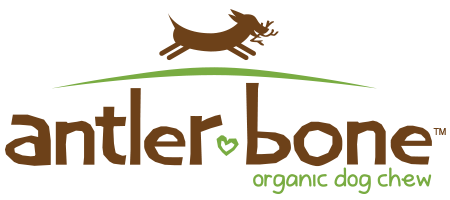In the news recently, we've read a lot about preparing your dog for an emergency situation. Creating a first aid kit could be a great way to protect your pet.
Here are a few suggested items for your dog's first aid kit.
Start with a plastic tote or container (even a large book bag may work). It would also be a great idea to make two kits, one for home and one for the car.
Your Kit Might Include:
- Batteries
- Flashlight
- Cotton balls and/or Q-tip swabs
- Scissors
- Tweezers
- Sterile gauze pads and bandages
- First aid tape
- Antibacterial ointment
- Hydrogen peroxide
- Rubbing alcohol
- Antiseptic wipes
- Extra leash
- Styptic powder (helps to stop bleeding)
- Prescription medications (for you and your pets)
- Sterile latex gloves
- Book or notes on pet first aid
- Mineral oil
- Buffered aspirin
- Benadryl
- A soft blanket
- Self-activating hot pack
- Self-activating ice pack
- Hydrocortisone cream
- Thermometer
- Bottle (for water)
There are many more items that might also be essential, even an antler dog chew (smile). Remember, proper planning brings peace of mind.

